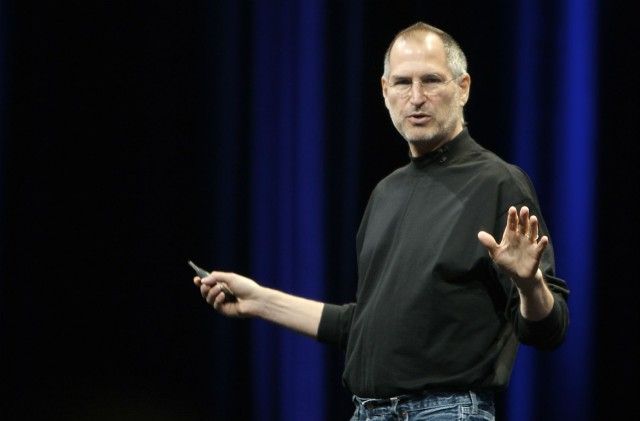 August 24, 2011: With his health worsening, a cancer-stricken Steve Jobs steps down from his role leading Apple. Tim Cook assumes the role of Apple’s seventh CEO.
August 24, 2011: With his health worsening, a cancer-stricken Steve Jobs steps down from his role leading Apple. Tim Cook assumes the role of Apple’s seventh CEO.
“I have always said if there ever came a day when I could no longer meet my duties and expectations as Apple’s CEO, I would be the first to let you know,” Jobs writes in his retirement letter to the Apple board. “Unfortunately that day has come.”
Steve Jobs’ health problems
By August 2011, Jobs’ pancreatic cancer had worsened to the point where he knew there was little chance of him returning to Apple as full-time CEO. He talked over the decision to step down with his wife and close confidantes like Cook and Apple design chief Jony Ive.
Rather than calling a special gathering of the Apple board, Jobs decided to resign at one of the company’s regularly scheduled meetings. Highlighting just how far his health had declined, Jobs needed a wheelchair to attend. Still, he insisted on showing up in person rather than participating via conference call.
After asking for all but Apple’s most senior board of directors to step outside, Jobs read the letter quoted above. He strongly recommended that the board appoint Cook as Apple’s new CEO. Jobs also said he looked forward to contributing to Apple in a new role: chairman of the board.
It wasn’t just an honorific title: Jobs increasingly moved away from the day-to-day running of Apple in his last few years, which is why Cook’s operations and supply-chain wizardry proved so useful. Jobs instead focused on “blue sky” thinking about new, cutting-edge research projects, as well as creative concepts like marketing.
Aside from reduced hours to fit around his health needs, that aspect of Jobs role would not change with the shift from CEO to chairman.
Tim Cook assumes control as new CEO of Apple
Cook spoke a bit about this role for Jobs in a Washington Post interview in 2016:
“When I first took the job as CEO, I actually thought that Steve would be here for a long time. Because he was going to be chairman, work a bit less after he came back up the health curve. So I went into it with one thought, and then weeks later — six weeks later, whatever … [he died].
I know this sounds probably bizarre at this point, but I had convinced myself that he would bounce, because he always did.”
In a statement on the day of Jobs’ resignation, Art Levinson, chairman of Genentech, said on behalf of Apple’s board:
“Steve’s extraordinary vision and leadership saved Apple and guided it to its position as the world’s most innovative and valuable technology company. Steve has made countless contributions to Apple’s success, and he has attracted and inspired Apple’s immensely creative employees and world class executive team.
In his new role … Steve will continue to serve Apple with his unique insights, creativity and inspiration.”
iPhone 4s: One of Steve Jobs’ last major projects
During his last official day as CEO, Jobs was shown the iPhone 4s, which introduced Siri. This was one of the last major projects he would be involved with at Apple. Jobs died on October 5, 2011, less than two months after stepping down as Apple CEO.
What do you think Jobs’ most significant decision was during his time as Apple CEO? Leave your comments below.


